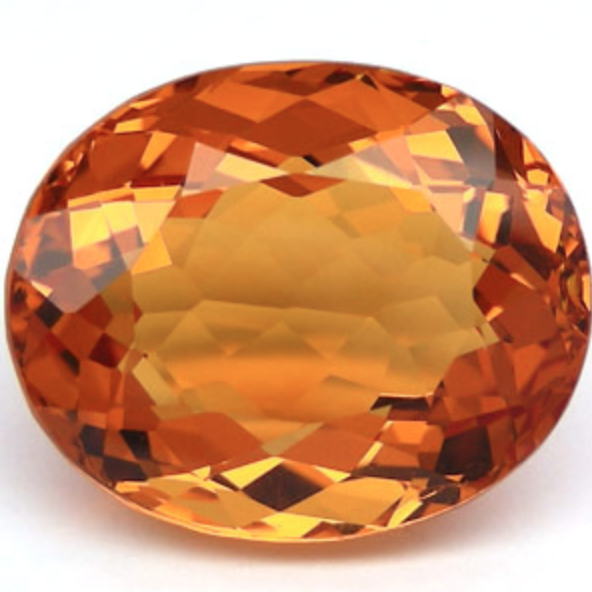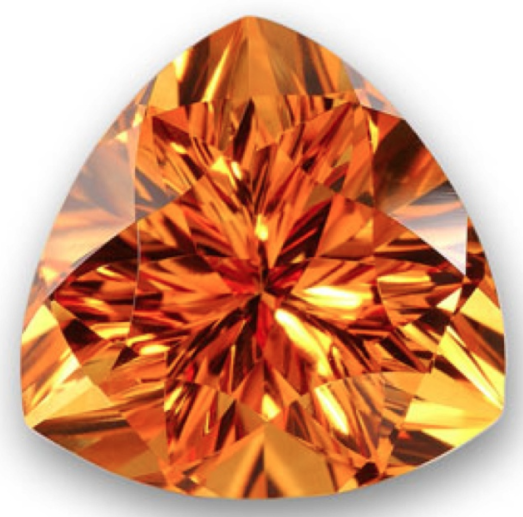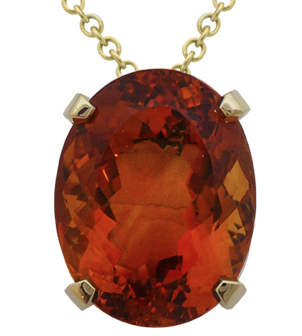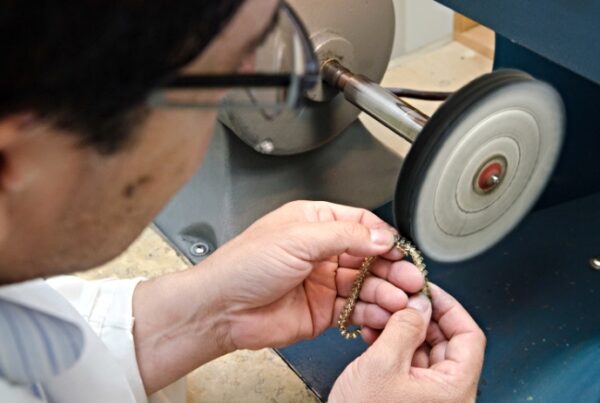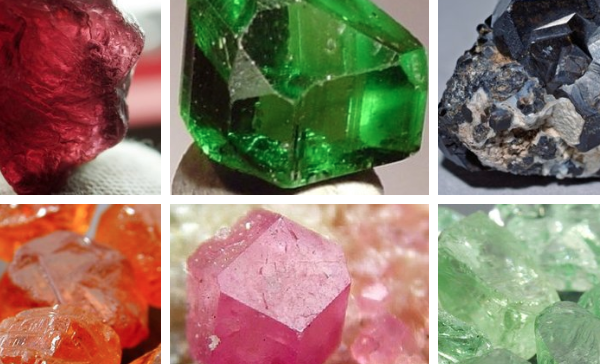Citrine – Autumn’s Colorful Gem
Citrine, a member of the quartz family, is named after the French word for lemon because of its distinctive yellow-orange colors. The name citrine was used to refer to yellow gems as early as 1385, when the word was first recorded in English. Citrine is one of two birthstones used to celebrate November birthdays; the other is topaz. Citrine is also the gemstone for 13th and 17th wedding anniversaries. In its pale-yellow shades, citrine closely resembles topaz. These two gems have been confused throughout history, although they are actually unrelated mineral species. Citrine remains one of the most affordable and popular yellow-orange gemstones on the market.
Color
Natural occurring yellow citrine is quite rare. In the mid-18th century, mineralogists discovered that heat treating amethyst and smoky quartz could produce the lemony and golden honey hues we associate with citrine. Now, most citrine on the market has been made by heat treating quartz minerals. The finest citrine gem colors are saturated with yellow, orange and reddish hues, while stones of lower value appear pale or smoky. Earth-tones of amber brown are also increasingly popular.
Geography
Citrine can be found all around the world, but Brazil is the world’s leading supplier. Other notable producers of citrine include Argentina, Bolivia, France, Madagascar, Myanmar, Namibia, Russia, Scotland, Spain, Uruguay and Zambia, and the U.S. (Colorado, North Carolina and California). Different geographies yield different shades of citrine.
Qualities
With a hardness of 7 on the Mohs scale, citrine is relatively resistant against scratches and chipping. Citrine’s durability makes it a great option for jewelry worn daily and for larger gemstone designs.
Citrine is one of the most affordable and abundant gemstones on the market. Even fine quality, large gems are modestly priced and easilyaffordable. Citrine is readily available in sizes up to 20 carats. At its largest, citrine can weigh hundreds and even thousands of carats. A stunning citrine gem mined in Brazil and weighing 2,258 carats can be found at the Smithsonian Institution in Washington, D.C.
History and Folklore
In ancient times, Citrine was carried as a protection against snake venom and evil thoughts. Ancient Egyptians used citrine gems as talismans. The ancient Greeks carved iconic images into citrine gems, and Roman priests used citrines for their sacred rings. Citrine is associated with the values of hope, cheerfulness, youth, health, and fidelity. Citrine is often called the “Success Stone,” due to its reputation of enhancing success and prosperity. Its beautiful yellow color is thought to radiate positive energy. Citrine is called the “merchant’s stone” for its tendency to attract wealth and prosperity. This gem is also known as “healing quartz,” because legend has it that citrine promotes vitality and energy in whomever wears it.
We hope you have enjoyed learning about the beautiful citrine gemstone. We invite you to visit Turley Jewelers in the beautiful Village of Pinecrest, Miami, Florida. You will be delighted by our dazzling collection of colorful gemstone and diamond jewelry designs. If you want a jewel that is unique to you, we can custom design a piece that you will love. We hope to see you soon!
